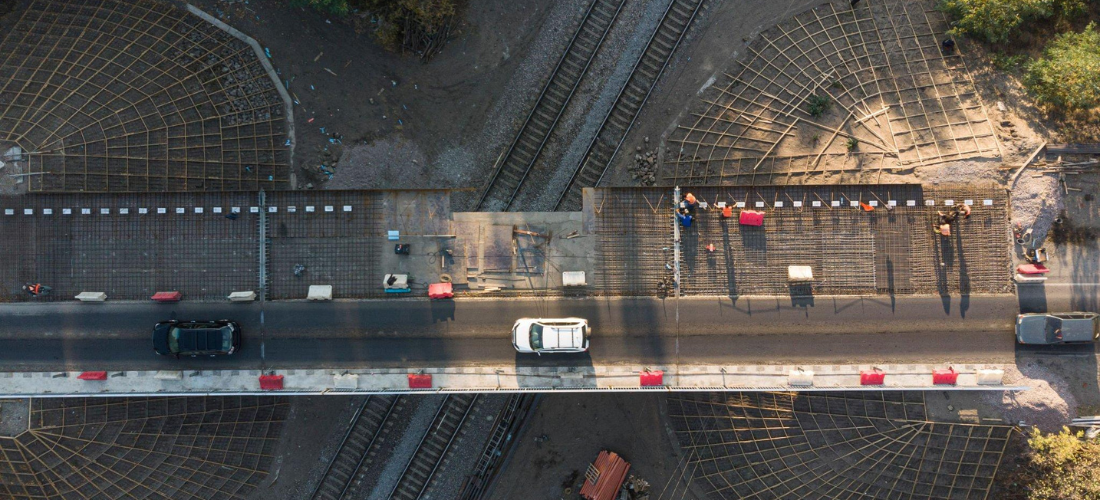Roads are lifelines that connect communities, industries, and economies. To ensure their
longevity and functionality, road preservation techniques play a vital role. Slurry road
surfacing, also known as slurry seal or microsurfacing, is a technique gaining prominence for
its ability to extend the life of road surfaces and enhance safety. In this article, we dive into
the techniques, benefits, and applications of slurry road surfacing, providing you with a
comprehensive guide to this innovative approach.
Understanding Slurry Road Surfacing / Microsurfacing
Slurry road surfacing involves applying a mixture of asphalt emulsion, fine aggregates,
mineral fillers, and additives onto an existing road surface. This mixture forms a protective
layer that seals cracks, restores grip, and rejuvenates the road, prolonging its lifespan and
enhancing its performance. Microsurfacing is particularly effective for preserving and
revitalizing aging road surfaces.
The Techniques of Microsurfacing:
- Surface Preparation: Before slurry / micro surfacing, the road surface is thoroughly
cleaned and any major defects, such as potholes or cracks, are repaired. This ensures that
the slurry mixture adheres properly to the road. - Mixture Preparation: The slurry mixture is carefully prepared by combining asphalt
emulsion, fine aggregates (sand and gravel), mineral fillers, and specialized additives. The
specific formulation can be adjusted to suit the road’s condition and requirements. - Application: The slurry mixture is applied using specialized equipment, such as micro-
paver machines / slurry spreaders. The mixture is evenly spread across the road surface to
create a uniform layer of the desired thickness. - Curing and Traffic Return: After application, the Microsurfaced layer needs time to cure
and set. This usually takes a few hours, after which the road can be reopened to traffic. The
curing process enhances the bonding of the slurry to the existing surface.
Benefits of Micro-surfacing - Crack Sealing: Microsurfacing effectively seals cracks in the road surface, preventing
water infiltration that can lead to further deterioration. - Surface Restoration: The application of slurry revives the appearance of the road, giving it
a refreshed and uniform look. - Improved Skid Resistance: Microsurfaced road pavements offer enhanced skid resistance,
contributing to safer driving conditions, especially in wet or slippery situations. - Quick Application: Micro-surfacing can be applied relatively quickly, minimizing
disruptions to traffic and reducing downtime. - Cost-Effectiveness: Compared to major road reconstruction, microsurfacing is a cost-
effective method of preserving and extending the life of road surfaces. - Versatility: Microsurfacing can be adapted to various road types, including residential
streets, highways, and parking lots.
Applications of Microsurfacing - Highways & Roadways: Microsurfacing is extensively used to maintain and enhance
the durability and life of highways. It seals minor cracks, restores and provides
smooth paved surface, which is skid resistance and durable - Residential Streets: Slurry road surfacing is commonly used to maintain and extend
the life of residential streets, enhancing the overall appearance and safety of
neighborhoods. - Parking Lots: Slurry surfacing can rejuvenate the surfaces of parking lots, providing a
smooth and durable experience for vehicles. - Playgrounds and School Zones: The improved skid resistance of slurry surfaces
makes it an ideal choice for areas where safety is a top priority, such as playgrounds
and school zones. - Bike Lanes and Walking Paths: Slurry road surfacing can be applied to bike lanes and
pedestrian paths, ensuring safe and comfortable travel for non-motorized users.
Microsurfacing is a powerful tool in the realm of road preservation and maintenance. Its
ability to seal cracks, restore surfaces, improve skid resistance, and extend road life makes it
a valuable technique for enhancing the quality and safety of road networks. By
understanding the techniques and benefits of slurry road surfacing, we can make informed
decisions about road maintenance that contribute to smoother and safer journeys for all
road users.

